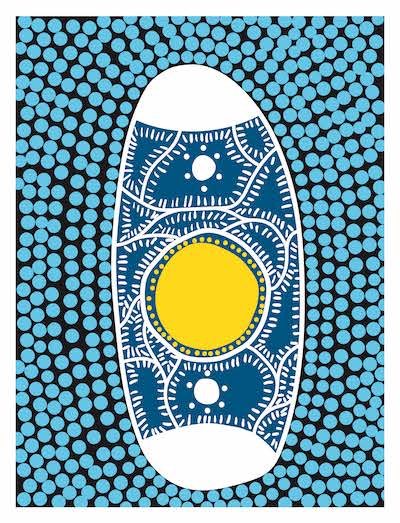
The past two years of intermittent lockdowns have proven the importance of moving more, sitting less and looking after your posture … especially for kids and teenagers!
As a physiotherapist, I have seen an enormous up-tick in the number of people, including teens, coming into our clinics for neck pain and back pain treatment over the past two years, largely due to working from home in poor postural positions. In fact, it has been so pronounced, that I have named it ‘The posture pandemic.’
Whilst kids have now returned to the classroom, homework will still be done at home (hopefully), and the hard lessons learned from home-schooling can be applied both to the home office and the classroom.
Why does working from home create neck pain?
There are a number of factors, but the most common include poor ergonomics (slouched over the kitchen table), distractions from other screens off to the side (phones and TVs), and easy access to the kitchen, which can result in snacking on inflammatory foods. Let’s break each of these down and at the end I will offer some tips to mitigate the impact of them on your spine.
Posture and Ergonomics
Let’s start with posture and ergonomics. The human body is designed to move regularly. It has only been in the past 100 years (on a human evolution timeline of around 200,000 years) that humans have even had the option to be sedentary. Prior to computers and cars, we were forced to move our bodies for the majority of the day in order to survive. Most of our grandparents grew up in a world where most jobs involved manual labour, walking was the main form of transport, and computers didn’t exist. In short, the transition to extensive periods of sitting is a new phenomenon, and one that the human spine is not tolerating.

School desks are still superior to working from a bed
Whilst working in the classroom is still not ideal for kids’ necks, school desks are still superior to working from a bed, and regular walks between classrooms combined with lunchtime sport, offer some incidental exercise.

Regular walks between classrooms combined with lunchtime sport, offer some incidental exercise
At home, many kids are lying on their bed or slouched in poor chairs to do homework (or when watching TV or playing video games). This is putting enormous amounts of strain through the neck, creating tightness, weak muscles and resulting in pain.


The Connection Between Stress and Neck Pain
- Many people don’t make the connection between stress and neck pain, but they are actually closely linked. When we become stressed, our breathing pattern changes and we begin to breathe with our upper-chest, taking faster and shallower breaths. This results in reduced oxygen to the body, so our neck muscles try to help out by contracting in order to expand the ribcage and increase our oxygen intake. This creates tight and fatigued neck muscles and often results in pain for teenagers, especially around exam time!
Pain Perception
- The second influence of stress on the neck is related to pain perception. When we become stressed, our body is preparing for danger (you may have heard of the fight or flight response). Our brain and nervous system try to protect us from this perceived threat (regardless of whether the threat is real or imagined) by making us hypervigilant and more perceptive to pain. Even relatively minor injuries can feel excruciatingly painful when our body is in a stressed state.

Diet
- Another important, but often overlooked, factor involved in pain is diet. The amount of inflammation in the body plays a major role in whether we experience pain. Inflammation is a response from the immune system and given that 80% of our immune system resides in the gut, the foods we eat will determine the amount of inflammation in our body. Sugar and simple carbohydrates (such as white bread, pasta and biscuits) can all have an inflammatory response in the gut and increase the inflammation in our whole body. I have seen many clients overcome neck pain by changing nothing more than their diet!

What is the solution?
>>> Click here to view more information and six possible solutions.
Caelum Trott
Physiotherapist and Director
Advanz Health
P: (02) 8068 7161
E: caelum@ahsmp.com
A: 922 Anzac Parade Maroubra and Level 1, 213 Bronte Road Waverley



